Home>Furniture>Outdoor Furniture>How To Stop Patio Doors Blowing In The Wind
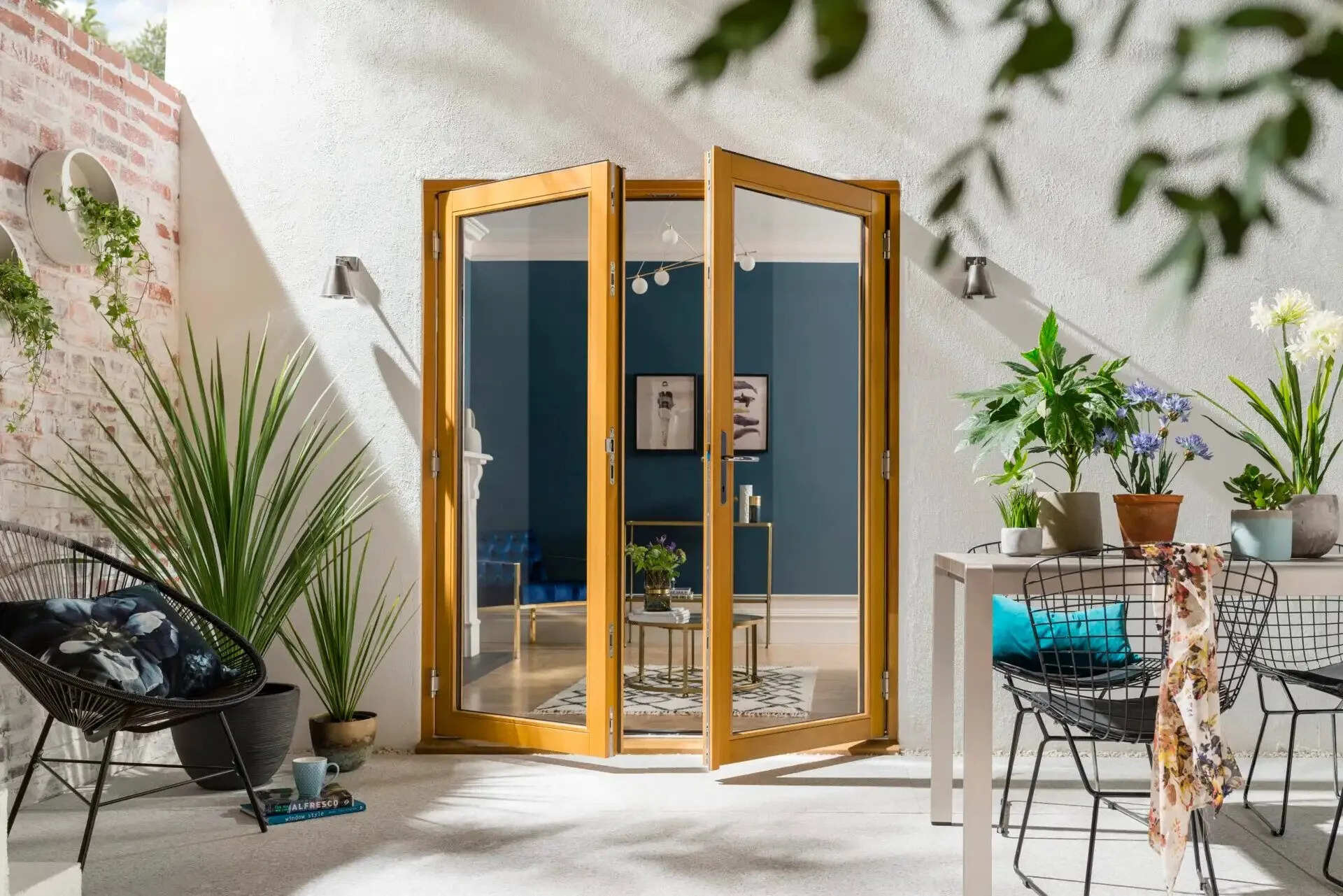

Outdoor Furniture
How To Stop Patio Doors Blowing In The Wind
Modified: March 7, 2024
Learn how to prevent your outdoor furniture from getting damaged by strong winds with our helpful guide to stopping patio doors from blowing open.
(Many of the links in this article redirect to a specific reviewed product. Your purchase of these products through affiliate links helps to generate commission for Storables.com, at no extra cost. Learn more)
Introduction
Welcome to our comprehensive guide on how to stop patio doors from blowing in the wind. Patio doors are a popular feature in many homes, providing easy access to outdoor spaces and allowing natural light to flood into the interior. However, strong winds can create a nuisance by causing the doors to constantly swing open or allow drafts to enter the living space. This not only compromises the comfort of your home but can also impact energy efficiency and increase heating or cooling costs.
In this article, we will discuss various solutions and techniques to help you prevent your patio doors from blowing in the wind. Whether you have traditional sliding doors, French doors, or folding doors, these tips are applicable to most types of patio door designs. By implementing these strategies, you can enjoy a more secure and draft-free home environment, especially during windy weather conditions.
Before we dive into the solutions, it’s important to understand the factors that contribute to your patio doors blowing in the wind. Several reasons could be responsible, including improper installation, worn-out weather stripping, inadequate door sweeps, or even structural issues with the door frame itself. Identifying the specific cause will help you determine the most effective solution and ensure its long-term effectiveness.
So, if you’re tired of dealing with the annoyance and discomfort of patio doors that constantly blow open or allow drafts, read on to discover the solutions that will help you regain control over your home’s energy efficiency and comfort. Let’s get started!
Key Takeaways:
- Keep your patio doors secure by installing weather stripping and door sweeps to prevent drafts and wind from entering, ensuring a comfortable and energy-efficient home.
- Protect your patio doors from strong winds by reinforcing the door frame, using door draft stoppers, and securing patio furniture to prevent damage and maintain a secure living environment.
Read more: How To Stop Wind From Blowing Down Chimney
Understanding the Problem
Before we jump into the solutions, let’s take a closer look at the common reasons why patio doors tend to blow open or allow drafts. By understanding the problem, you can better assess the severity of the issue and make an informed decision on how to mitigate it.
Improper Installation: One of the main reasons patio doors may blow in the wind is improper installation. If the doors were not installed correctly or if they have become misaligned over time, they may not close securely and can be easily pushed open by strong gusts of wind.
Worn-out Weather Stripping: Weather stripping plays a crucial role in sealing the gaps around the edges of the doors, preventing drafts and unwanted airflow. However, over time, weather stripping can deteriorate due to exposure to the elements, resulting in gaps and openings that allow wind to enter.
Inadequate Door Sweeps: A door sweep is a strip of material (often rubber or brush-like) attached to the bottom of the door to create a seal against drafts. If your patio door lacks a proper door sweep or if the existing one is worn out or damaged, it can allow wind to blow through.
Structural Issues: Sometimes, the problem lies with the structural integrity of the door frame itself. If the door frame is loose, damaged, or warped, it can create gaps that allow wind to enter and push the doors open.
Now that we have a better understanding of the potential causes, it’s time to assess your patio door and determine the most suitable solutions to resolve the issue. In the following sections, we will explore various methods and techniques to stop patio doors from blowing in the wind, ranging from simple DIY fixes to more advanced solutions.
Assessing Your Patio Door
Before you can effectively address the issue of your patio doors blowing in the wind, it’s important to assess the current condition of your doors. This will help you identify any specific problems and determine the most appropriate solutions. Here are some key aspects to consider during the assessment:
1. Door Alignment: Start by checking the alignment of your patio doors. Make sure they are properly aligned within the door frame and that they close snugly without any gaps. If you notice any misalignment, you may need to adjust the tracks or hinges to ensure a proper fit.
2. Weather Stripping: Examine the condition of the weather stripping around the edges of the doors. Look for signs of wear, tear, or gaps. If the weather stripping is damaged or no longer provides a tight seal, it may need to be replaced.
3. Door Sweep: Check the condition of the door sweep at the bottom of the door. Ensure that it is intact, properly attached, and creates a seal when the door is closed. If the door sweep is worn out or ineffective, consider replacing it.
4. Door Frame: Inspect the door frame for any signs of damage, warping, or instability. A damaged or unstable frame can prevent the doors from closing securely and may require professional repair or replacement.
5. Glass Integrity: If your patio doors have glass panels, check for any cracks or damage. Damaged glass can compromise the structural integrity of the doors and may need to be replaced.
By thoroughly assessing these aspects of your patio door, you will have a clearer understanding of the specific problems you need to address. This will help you determine the most appropriate solutions and ensure that your efforts are focused on resolving the root causes of the issue.
In the following sections, we will discuss various techniques and solutions to stop patio doors from blowing in the wind. Whether you’re dealing with misalignment, worn weather stripping, ineffective door sweeps, or other issues, there are practical steps you can take to make your patio doors more secure and draft-free.
Installing Weather Stripping
Weather stripping is an essential component in preventing drafts and reducing energy loss around your patio doors. If you notice gaps or worn-out weather stripping during your assessment, installing new weather stripping can be an effective solution to stop your patio doors from blowing in the wind. Here’s how to do it:
1. Measure and Cut: Start by measuring the length around the edges of your door frame where the weather stripping will be installed. Use a tape measure to determine the required length, and then cut the weather stripping material accordingly. Make sure to leave some extra length for a snug fit.
2. Clean the Surfaces: Before applying the new weather stripping, clean the surfaces of the door and door frame where it will be attached. Remove any dirt, dust, or residue that might interfere with the adhesive or impede the effectiveness of the weather stripping.
3. Apply Adhesive: Most weather stripping comes with a self-adhesive backing. Carefully peel off the backing and start applying the weather stripping along the edges of the door frame, pressing it firmly against the surface. Work your way around the entire frame, ensuring a tight and secure fit.
4. Test the Seal: Close the patio doors and check for any gaps. Gently try to slide a piece of paper or a thin strip between the door and the weather stripping. If you can easily insert the paper, adjust the weather stripping accordingly to create a better seal.
Installing weather stripping can help eliminate small gaps and cracks around the edges of your patio doors, preventing drafts and keeping the wind from blowing them open. It’s a relatively simple and cost-effective solution that can make a significant difference in the energy efficiency and comfort of your home.
Remember, weather stripping may need to be replaced periodically, especially if it becomes worn, cracked, or damaged over time. Regularly inspect the weather stripping around your patio doors and replace it as needed to maintain its effectiveness.
In the next section, we will discuss another solution to reinforce the bottom of your patio doors and further prevent drafts and wind from entering your home.
Adding a Door Sweep
A door sweep is a simple yet effective solution to prevent drafts and wind from entering your home through the bottom of your patio doors. It creates a seal between the door and the threshold, helping to keep out cold air, insects, and even dust. Here’s how you can add a door sweep to your patio doors:
1. Measure the Length: Start by measuring the width of your patio door from one side to the other. This will give you the necessary length for the door sweep. Ensure that you have a door sweep that is long enough to cover the entire width of your door.
2. Choose the Right Type: Door sweeps come in different materials, such as rubber, vinyl, or brush-like materials. Consider the type of flooring you have and the level of seal you desire. Rubber or vinyl door sweeps are effective in blocking drafts, while brush-like sweeps provide a flexible seal for uneven surfaces.
3. Secure the Door Sweep: With the door closed, align the door sweep along the bottom edge of the door. Mark the areas where you will need to attach the sweep. Use screws or adhesive, depending on the type of door sweep, to secure it in place. Make sure it is tightly attached and forms a tight seal.
4. Check the Clearance: Open and close the door to ensure that the door sweep doesn’t interfere with the door’s movement. It should clear the threshold without any obstruction, allowing the door to open and close smoothly while maintaining a proper seal.
A well-installed door sweep provides an additional barrier against drafts and wind, reducing the chances of your patio doors blowing open. It not only helps with energy efficiency but also helps with noise reduction and keeping pests out of your home.
Inspect your door sweep regularly for any signs of wear or damage. If you notice any issues, such as fraying or detachment, replace the door sweep promptly to maintain its effectiveness. It’s a small investment with significant benefits in ensuring a secure and draft-free indoor environment.
In the next section, we will discuss how to reinforce the door frame, another crucial step in preventing your patio doors from blowing open in the wind.
To stop patio doors from blowing in the wind, use a doorstop or draft excluder to secure the bottom of the door. You can also install a door closer or latch to keep it in place.
Reinforcing the Door Frame
A sturdy and secure door frame is essential in preventing your patio doors from blowing open in strong winds. If you have identified issues with the structural integrity of your door frame during the assessment, reinforcing it can help enhance its stability and resistance to wind pressure. Here’s how you can reinforce your door frame:
1. Inspect for Damage: Carefully examine the door frame for any signs of damage, such as cracks, warping, or loose joints. If you notice any issues, it’s important to address them before reinforcing the frame. Secure any loose joints or consider repairing or replacing damaged sections.
2. Reinforce with Brackets: Attach metal brackets to reinforce the corners of the door frame. These brackets provide additional support and help strengthen the frame against wind pressure. Use screws or nails to secure the brackets in place, ensuring a tight and secure fit.
3. Add Reinforcement Plates: Install reinforcement plates on the latch side of the door frame. These metal plates help distribute the force from wind pressure more evenly, reducing the risk of the doors blowing open. Make sure to position the plates securely and attach them using screws that penetrate deep into the frame for maximum strength.
4. Install Security Pins: Consider adding security pins to your patio doors. These pins prevent the doors from being forcibly opened from the outside. When installed, they act as an extra layer of protection against strong winds and can help keep your doors securely closed.
By reinforcing your door frame, you can significantly reduce the chances of your patio doors blowing open in the wind. This reinforcement not only enhances the security of your home but also helps maintain a snug and draft-free environment.
If you’re uncertain about how to reinforce the door frame or if you’re dealing with extensive damage, it’s recommended to consult a professional. They can assess the situation and provide expert guidance in reinforcing the door frame effectively.
In the next section, we will discuss the use of door draft stoppers to further enhance the insulation and prevent drafts around your patio doors.
Using Door Draft Stoppers
Door draft stoppers, also known as draft snakes or draft blockers, are a simple and affordable solution to minimize drafts and prevent cold air from entering your home through gaps at the bottom of your patio doors. These draft stoppers can be purchased from hardware stores or easily made at home. Here’s how to use them:
1. Measure the Length: Start by measuring the width of the patio door at the bottom. This will help determine the length of the draft stopper you need. Ensure that it covers the entire width of the door, extending slightly beyond to create a tight seal.
2. Choose the Type: There are various types of door draft stoppers available, including foam, fabric, or even stuffed with insulating materials. Select a draft stopper that suits your preference and complements the décor of your home.
3. Position the Draft Stopper: Place the draft stopper along the bottom of the door, aligning it with the edge. Make sure it covers the gap between the door and the floor. If necessary, you can secure it in place using adhesive strips or adjustable straps to keep it from moving.
4. Test the Seal: Close the patio door and check for any gaps or areas where the draft stopper doesn’t create a tight seal. Adjust its position if needed to ensure that it effectively blocks drafts from entering your home.
Door draft stoppers are an excellent addition to your patio doors, as they help prevent drafts and cold air from seeping in. They can also reduce energy loss and improve the overall insulation of your home, leading to potential energy savings.
Additionally, door draft stoppers can be easily removed when not needed or during warmer seasons. They are a cost-effective solution that adds an extra layer of insulation to your patio doors without the need for extensive installation or modifications.
Keep in mind that over time, draft stoppers may compress or lose their effectiveness. Regularly check and replace them as needed to ensure optimal performance in preventing drafts and maximizing energy efficiency.
In the next section, we will discuss the use of windbreaks or screens to further enhance the protection of your patio doors from strong winds.
Installing Windbreaks or Screens
If you live in an area prone to strong winds, installing windbreaks or screens around your patio doors can provide an additional layer of protection. These barriers help to block or deflect the wind, reducing the force exerted on your doors and minimizing the chances of them blowing open. Here’s how you can install windbreaks or screens:
1. Assess the Wind Patterns: Observe the direction and intensity of the prevailing winds in your area. This will help you determine the most effective placement and design of the windbreaks or screens. Consider factors such as the layout of your outdoor space and any existing structures that can act as natural windbreaks.
2. Choose the Right Material: Select a material that is sturdy and able to withstand strong winds, such as tempered glass, plexiglass, or mesh screens. Ensure that it is transparent or translucent to maintain visibility and allow natural light to enter your home.
3. Position the Windbreaks or Screens: Install the windbreaks or screens on the side(s) of your patio doors that are most exposed to the wind. Position them in a way that creates a barrier and redirects the wind away from your doors. Depending on your needs, you can use freestanding panels, attach them to existing structures, or install them as part of a pergola or awning system.
4. Secure the Windbreaks or Screens: Ensure that the windbreaks or screens are securely anchored and properly installed. Use appropriate hardware and follow manufacturer instructions to ensure stability and durability. Regularly inspect and maintain them to ensure they remain effective in protecting your patio doors.
By installing windbreaks or screens, you can significantly reduce the direct impact of strong winds on your patio doors. This additional layer of protection helps to maintain the integrity of the doors and reduce the chances of them blowing open, providing you with added peace of mind during windy weather.
Remember, windbreaks or screens are not only functional but can also enhance the aesthetics of your outdoor space. Choose designs and materials that complement your home’s architecture and landscaping, creating a visually appealing and well-protected outdoor area.
In the next section, we will discuss securing your patio furniture as an important step in preventing your doors from blowing open in high winds.
Securing Patio Furniture
During strong wind gusts, loose patio furniture can become projectiles, causing damage to your property as well as potentially compromising the security of your patio doors. To prevent this, it’s essential to properly secure your patio furniture. Here are some tips to help you secure your patio furniture:
1. Store Lightweight Items: If possible, store lightweight and easily movable items such as plastic chairs, cushions, and small tables indoors or in a secure storage area during periods of high winds. This will reduce the risk of them being blown around and potentially damaging your patio doors.
2. Anchor Heavy Furniture: For heavier pieces of furniture that cannot be easily moved, anchor them to the ground or to a fixed structure. Use straps, cables, bungee cords, or stakes to secure them firmly to the ground or attach them to a durable anchor point, such as a concrete patio or deck post. This will prevent them from being uplifted or toppled over by strong winds.
3. Secure Umbrellas: Patio umbrellas are prone to being caught by the wind and can cause significant damage if not properly secured. Use a sturdy umbrella base or anchor it with a weighted sandbag or concrete block. Additionally, consider retracting or removing the umbrella altogether during high-wind situations.
4. Stack and Secure Furniture: If you have lightweight pieces that cannot be moved indoors, stack them together and secure them with straps or rope. This will create a more stable and compact arrangement, reducing the chance of individual items being blown around.
5. Plan Ahead: Before severe weather hits, it’s essential to be proactive and plan ahead. Keep an eye on weather forecasts and make sure you have enough time to properly secure your patio furniture. Taking preventative measures in advance will save you from potential damage and the hassle of having to repair or replace items.
By securing your patio furniture, you not only protect your property from damage but also safeguard your patio doors from being blown open. Taking these precautions will give you peace of mind during storms and high-wind conditions.
Remember, the strength of the wind can vary significantly, so it’s important to regularly assess the security of your patio furniture and make any necessary adjustments or improvements to ensure its stability.
In the next section, we will conclude our comprehensive guide and summarize the key points to help you stop your patio doors from blowing in the wind.
Read more: How To Block The Wind On A Patio
Conclusion
Dealing with patio doors that constantly blow open or allow drafts can be a frustrating experience. However, with the right solutions and techniques, you can regain control over the comfort and energy efficiency of your home. By understanding the problem, assessing your patio door, and implementing the appropriate measures, you can successfully prevent your patio doors from blowing in the wind.
Throughout this comprehensive guide, we have explored several effective strategies to address this issue. We discussed the importance of assessing your patio door to identify specific problems such as misalignment, worn weather stripping, inadequate door sweeps, or structural issues. From there, we delved into various solutions, such as installing weather stripping to seal gaps, adding a door sweep to block drafts at the bottom, reinforcing the door frame to enhance stability, using door draft stoppers to further prevent drafts, installing windbreaks or screens to reduce wind pressure, and securing patio furniture to prevent damage and protect your doors.
Each solution offers its own benefits and can be implemented individually or in combination with others, depending on your specific needs and circumstances. It’s important to regularly assess the condition of your patio doors and make any necessary adjustments or replacements to ensure their long-term effectiveness.
Remember, securing your patio doors not only improves the comfort and energy efficiency of your home, but it also enhances its overall security. Taking the time to properly address these issues will create a more enjoyable and secure living environment for you and your family.
We hope that this guide has provided you with valuable insights and practical solutions to stop your patio doors from blowing in the wind. By implementing the techniques outlined here, you can enjoy a more secure, draft-free, and comfortable home, even during periods of strong winds.
Thank you for reading, and may your patio doors remain securely closed, regardless of the weather conditions!
Frequently Asked Questions about How To Stop Patio Doors Blowing In The Wind
Was this page helpful?
At Storables.com, we guarantee accurate and reliable information. Our content, validated by Expert Board Contributors, is crafted following stringent Editorial Policies. We're committed to providing you with well-researched, expert-backed insights for all your informational needs.
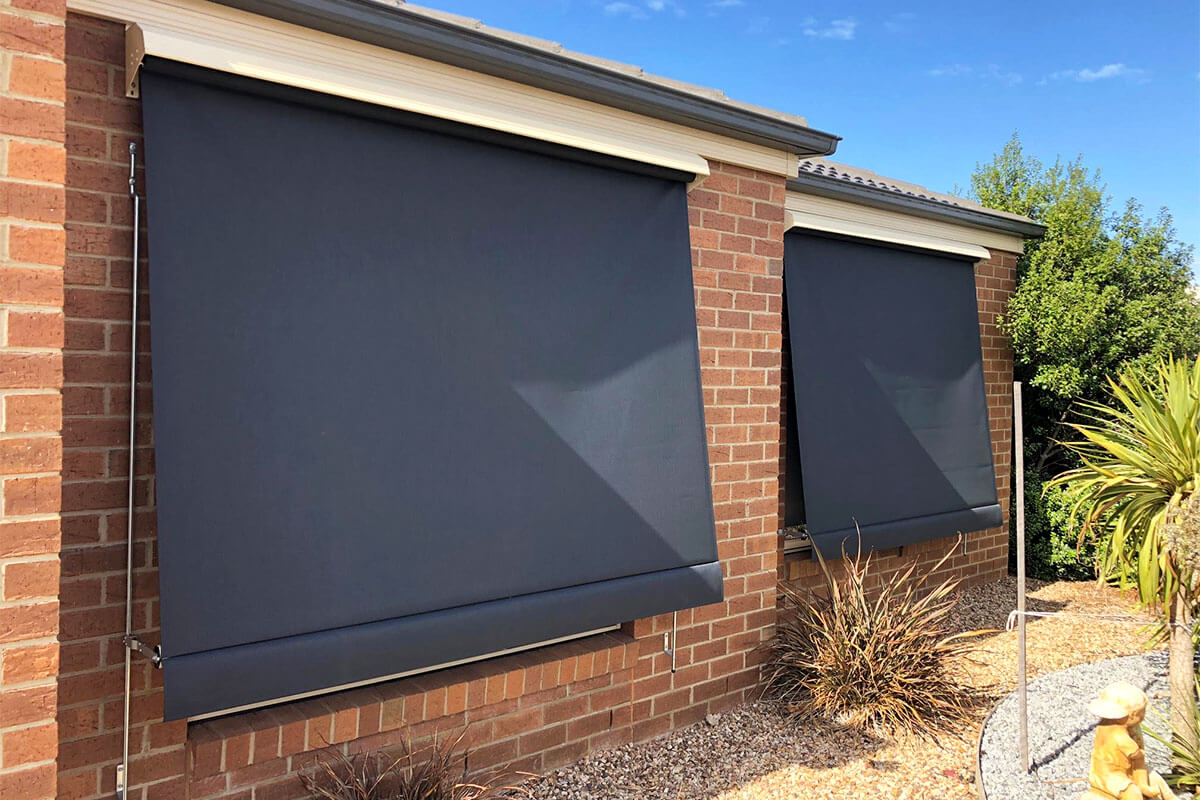
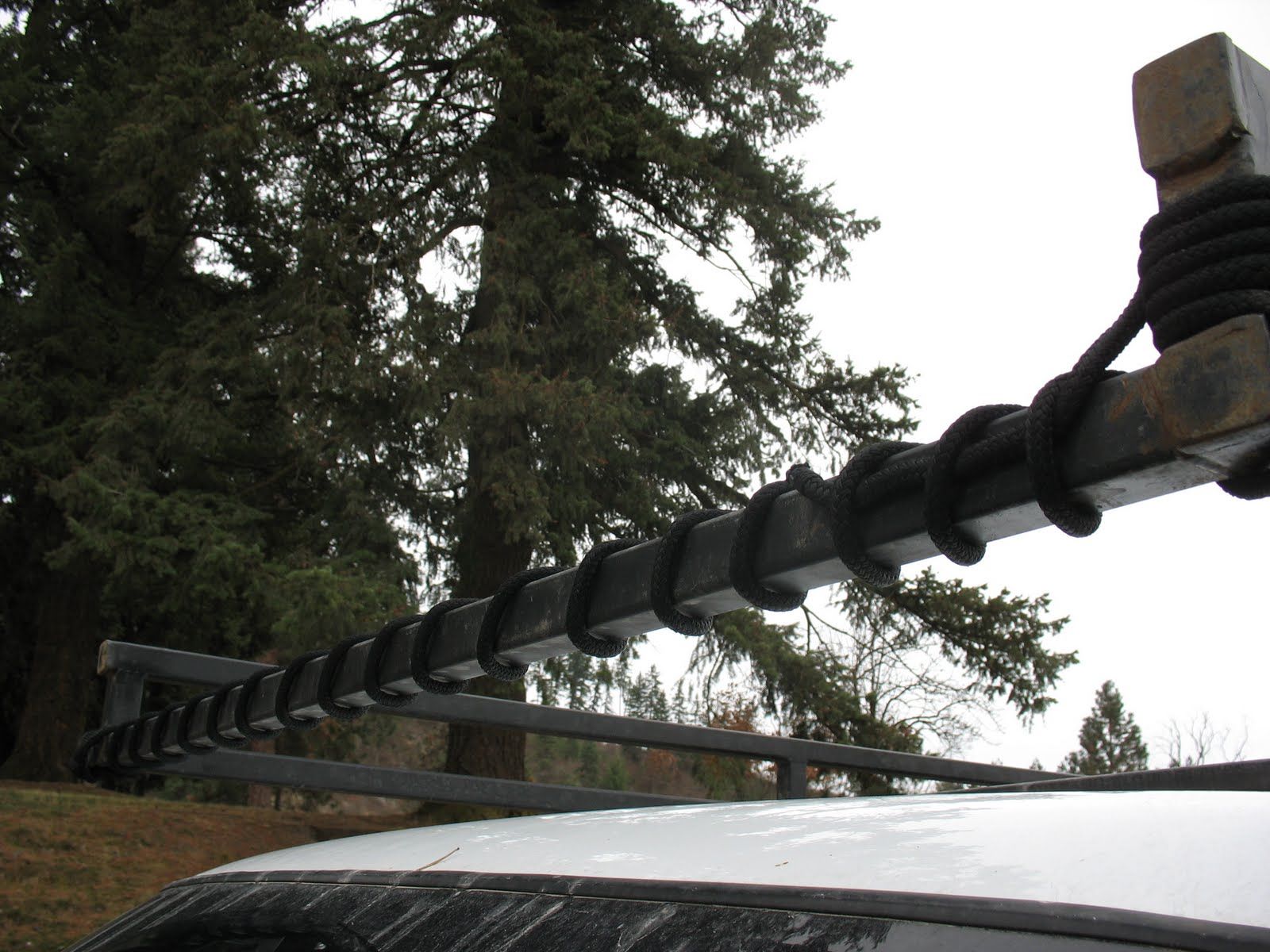
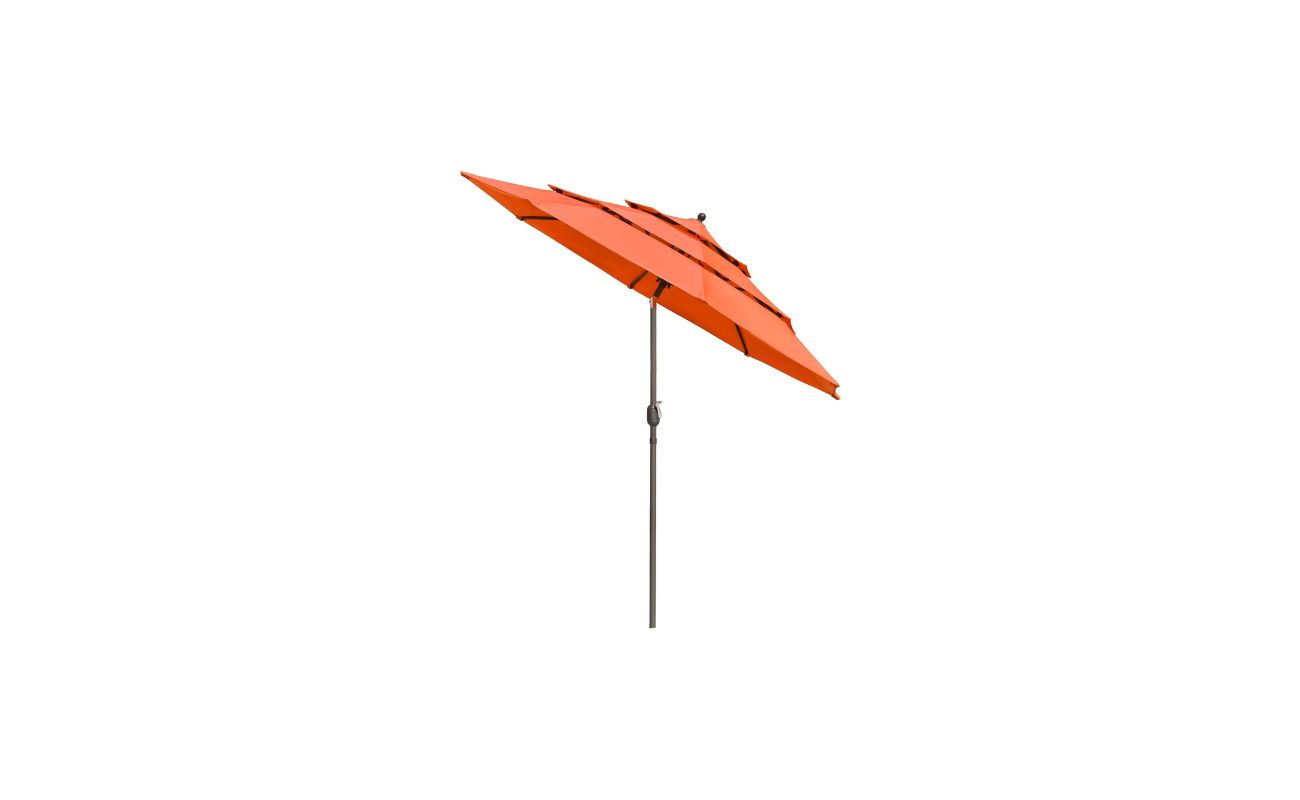
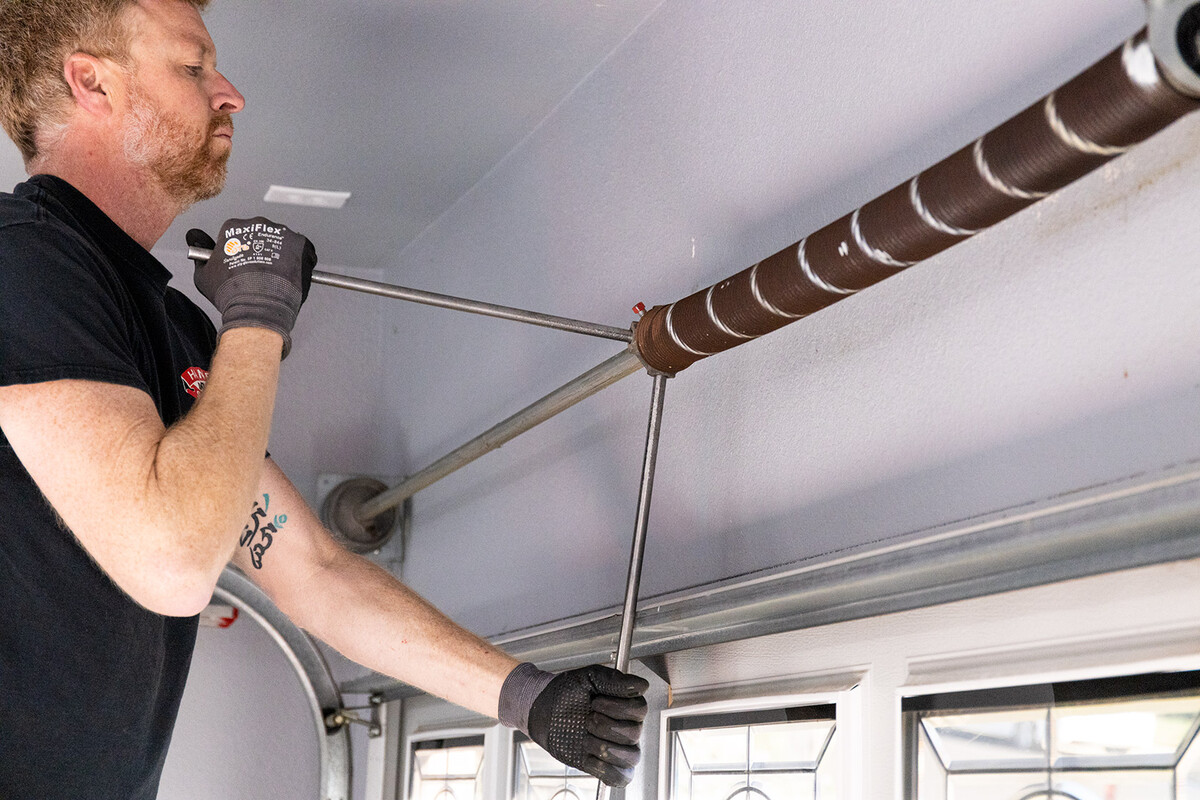
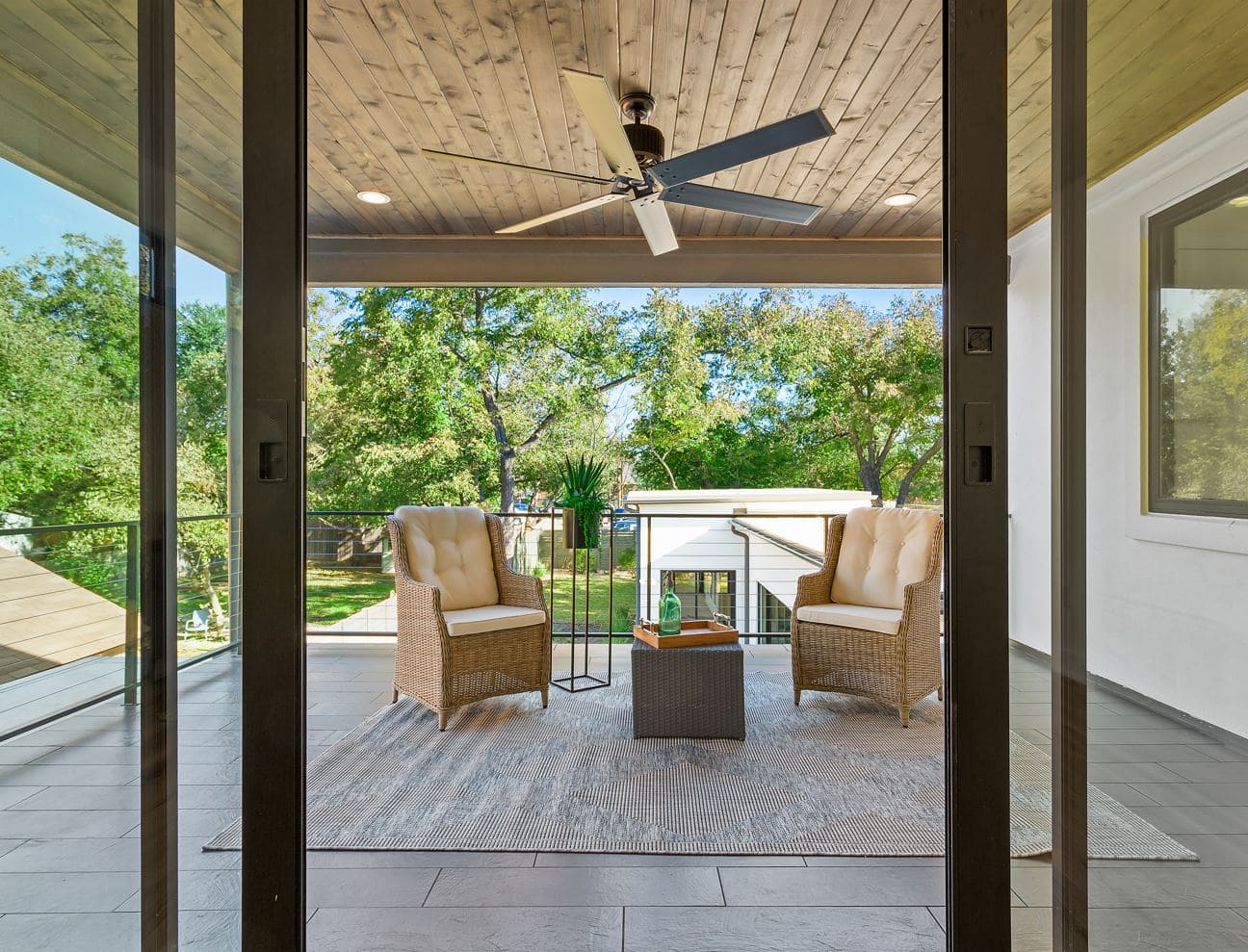

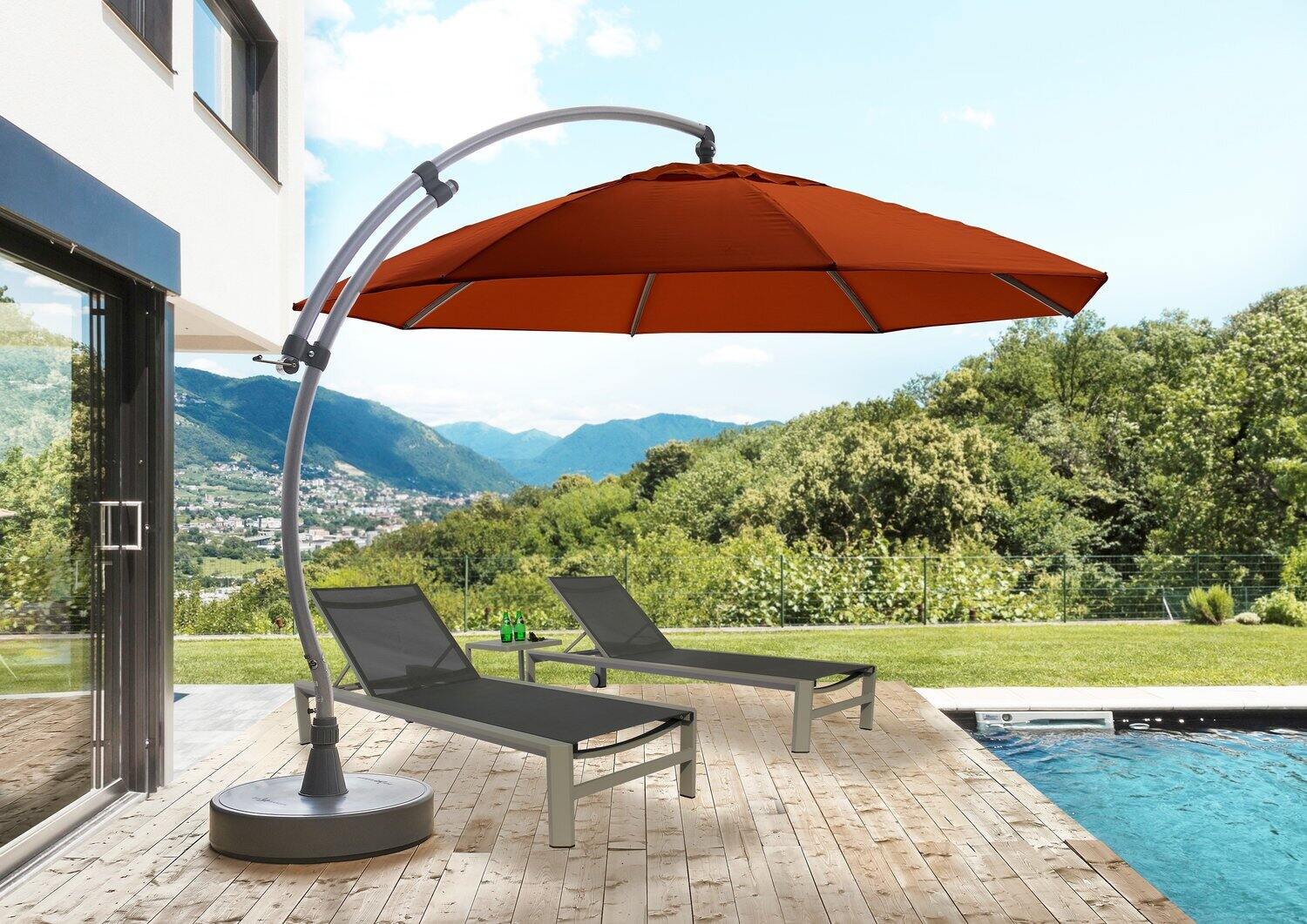
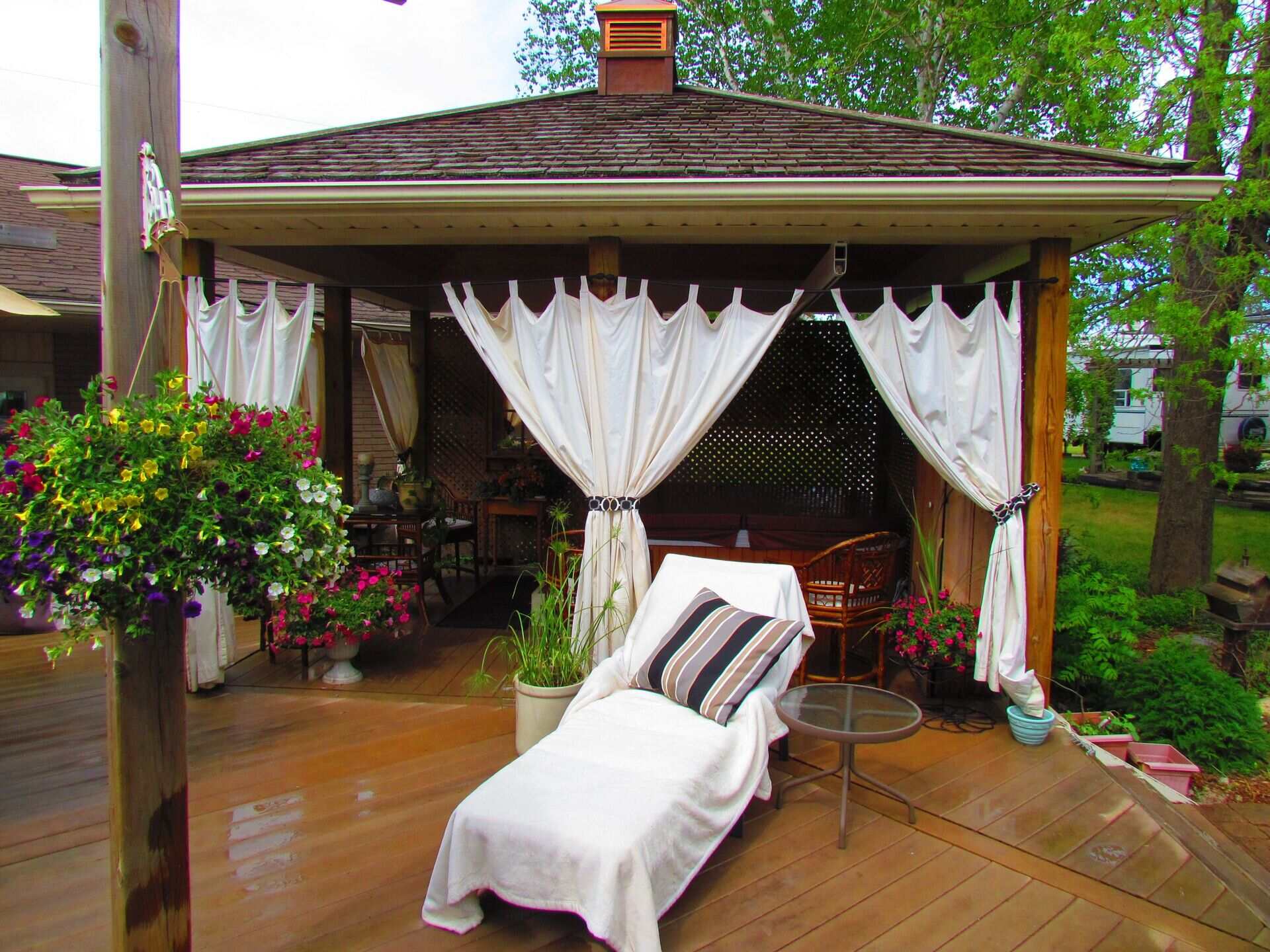

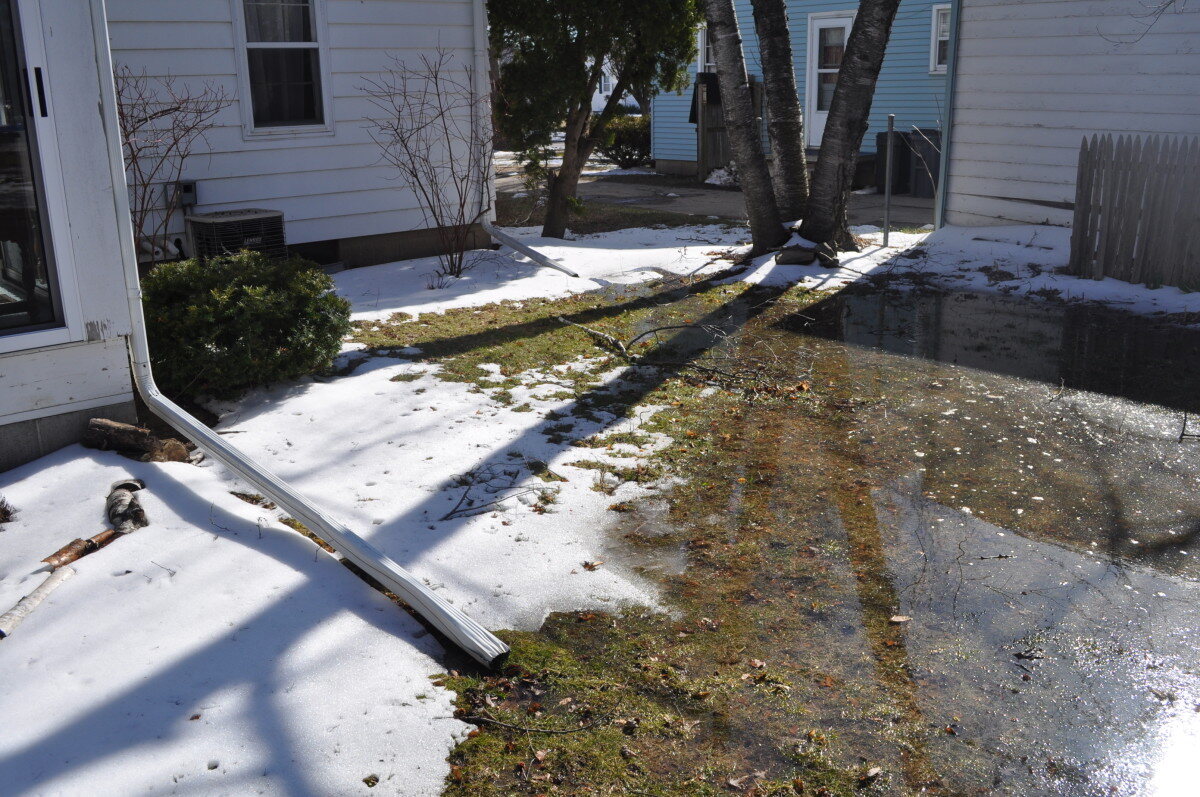


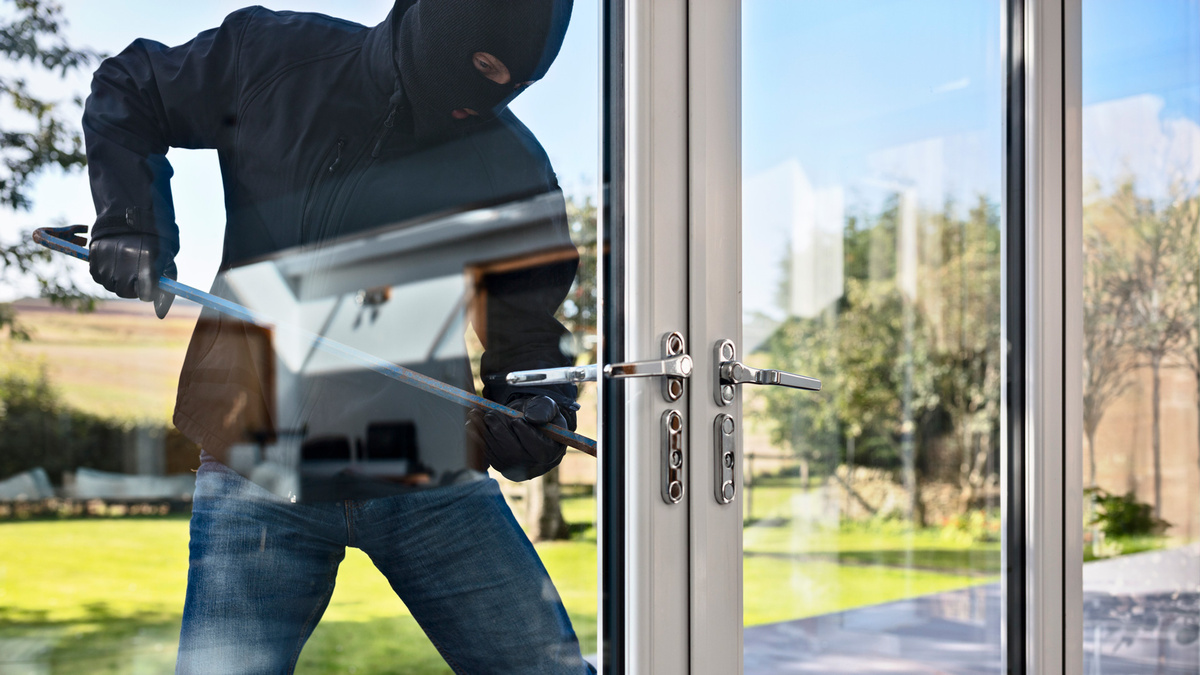

0 thoughts on “How To Stop Patio Doors Blowing In The Wind”